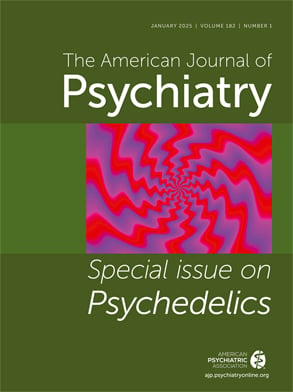“One must observe the proper rites.”
“What is a rite?” asked the little prince.
“Those also are actions too often neglected,” said the fox. “They are what make one day different from other days, one hour from other hours.”
— The Little Prince, by Antoine de Saint-Exupéry
Obsessive-compulsive disorder is a common and serious illness whose core symptoms seem to merge more closely with normal human behavior and cultural traditions than those of most other mental illnesses
(1) .
Obsessions are recurrent and persistent thoughts, impulses, images, or doubts that are intrusive or inappropriate and that cause anxiety or distress. Since the persistent thoughts are often morally or physically repugnant, they can cause great shame. For this reason, many sufferers do not reveal their struggles. Even when sufferers recognize their worries as a product of their mind, they interpret it as a failure to master their own mind. Usually those suffering from the disorder try to ignore or suppress their obsessions or neutralize them with other compulsive thoughts or actions. Compulsions are repetitive behaviors, including mental acts, that a person feels driven to perform, either in response to an obsession or cued by some concrete object according to rigid rules. In the past, obsessions and compulsions were viewed as disparate elements, but recently the two have begun to be integrated into a one-dimensional approach. Principal-component analysis identifies five factors explaining 65.5% of variance in outcome: symmetry/ordering, hoarding, contamination/cleaning, aggressive/checking, and sexual/religious obsessions
(2) . These factors also have high familiality in sibling pairs with obsessive-compulsive disorder, which suggests that they could be genetically determined traits
(2) .
Obsessive-compulsive experiences and symptoms have been reported in 90% of healthy adults, particularly during childhood, when it would seem that these symptoms facilitate many types of learning
(3) . When it is not dysfunctional, obsessionality may be socially rewarding. For example, 50% of reported cases of female adult-onset obsessive-compulsive disorder begin in the postpartum period
(4) . Accordingly, obsessive-compulsive disorder has been described as a pathological form of altruism or maternal love, perhaps a result of the deregulation of the brain circuits responsible for threat detection as part of normal parental behavior
(5) . Obsessive-compulsive traits are also manifested as “magical thinking,” a common mental technique for asserting control over the world through rituals. Magical thinking, an ancestor of science in most cultures, cognitively represents the concept of thought-action fusion. One of the roles of magical thinking is the formation of fear of and responsibility for causing harm to others
(6) .
The epidemiology of obsessive-compulsive disorder is quite consistent in different countries and across cultural studies. Results from 15 clinical samples from different continents suggest that cultural variation has minimal influence on lifetime prevalence rates, which range from 1.9% in Korea to 2.5% in Puerto Rico
(7) . As might be expected, symptoms often take on characteristics of the patient’s culture. For example, a correlation between compulsive ablution, poor insight, and religious rituals has been reported among Egyptian Muslims
(8) . The religious connotation of obsessive-compulsive disorder in Muslim culture is denoted by the term
weswas, which refers to the devil as well as obsession. The early Christian definition of the term “obsession” has the same connotation, meaning partially lucid diabolic possession.
Matsunaga and colleagues report in this issue of the
Journal the first comprehensive analysis of the symptoms of obsessive-compulsive disorder in an Asian population. Due to its history of isolation, the Japanese population is one of the largest populations with a single ethnicity. Some of Japan’s isolation is reflected in its unique cultural institutions, which rely on highly ritualized ceremonies to regulate aggression in social interactions. It has been said that the Japanese have made courtesy a religion, as concern regarding negative social evaluation is much stronger in Japan than in Western cultures
(9) . Shame has been linked to suicidal behavior and even glorified in Japanese literature by Yukio Mishima
(10) and others. Despite these well-known cultural differences, the symptoms of obsessive-compulsive disorder in Japan are remarkably similar to those in other cultures. Four factors explain 58% of the variance: contamination/washing, hoarding, symmetry/repeating and ordering, and aggressive/checking. Symmetry is associated with an earlier age of onset and, along with hoarding, accounts for decreased function and poorer outcome from treatment. The results suggest that obsessive-compulsive disorder is more deeply embedded in common neurobiology than in cultural differences.

